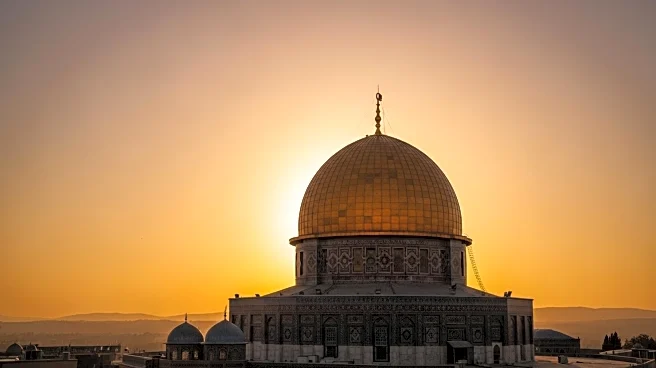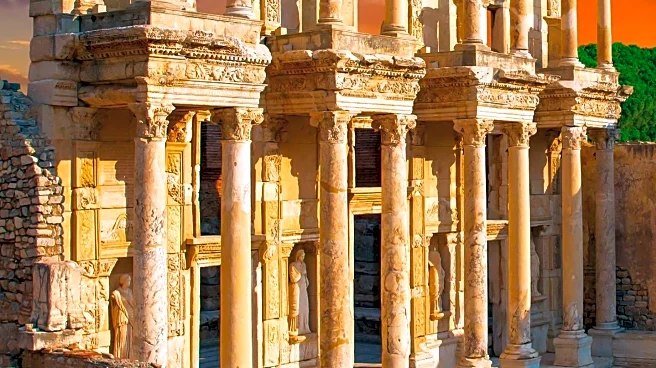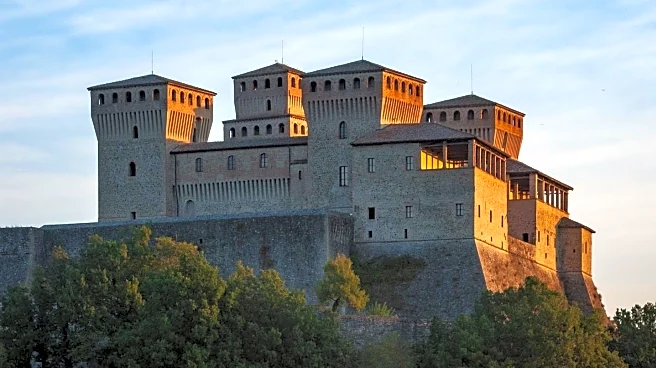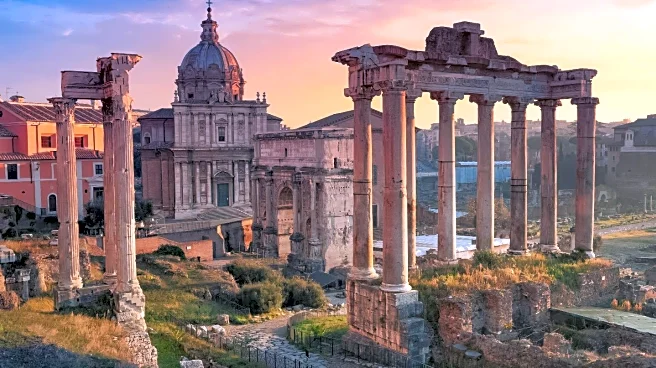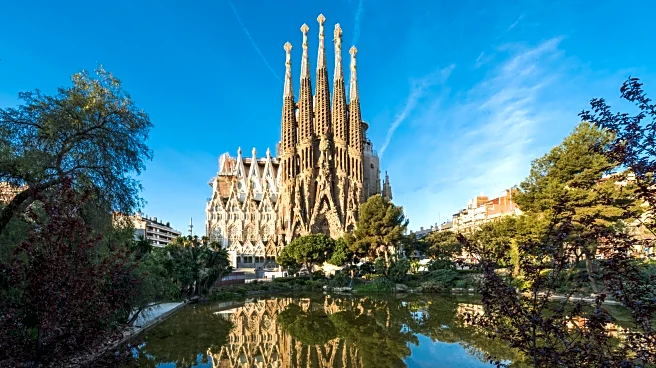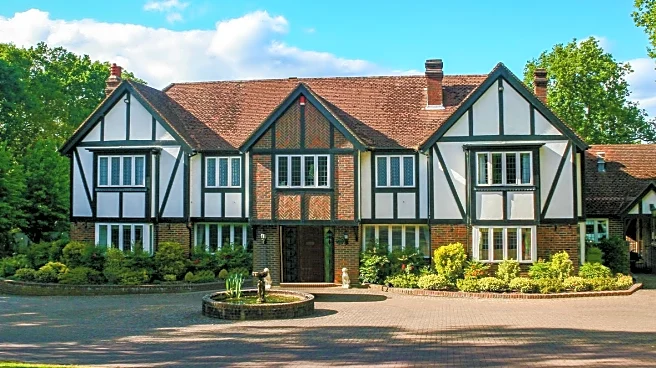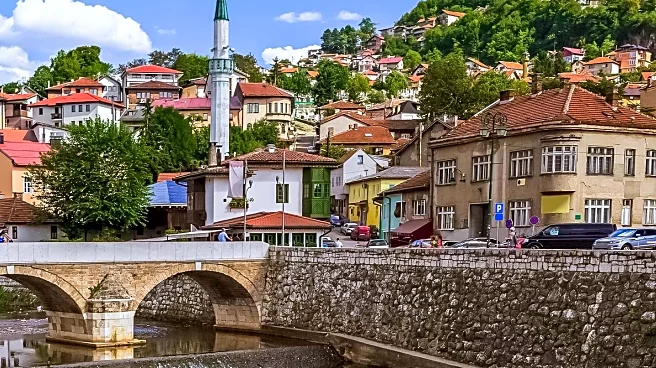What's Happening?
Hagia Sophia, a 1,600-year-old architectural marvel in Istanbul, has undergone significant transformations throughout history, serving as a church, mosque, and museum. Originally built in the 6th century during the Byzantine Empire, it became a mosque following the Ottoman conquest in 1453. In 1935, it was converted into a museum under the secular Turkish Republic, and in 2020, it was controversially reverted to a mosque. The structure is renowned for its architectural grandeur and the coexistence of Christian mosaics and Islamic calligraphy, symbolizing cultural and religious intersections.
Why It's Important?
Hagia Sophia's history reflects the complex interplay of religion, politics, and culture in the region. Its transformation from a church to a mosque and then a museum highlights shifts in power and ideology over centuries. The building's current status as a mosque has sparked international debate, emphasizing its role as a symbol of cultural heritage and religious identity. The preservation and accessibility of its historical art and architecture remain crucial for global cultural understanding and tourism.
What's Next?
A three-year conservation project, initiated in 2025, aims to enhance Hagia Sophia's earthquake resilience while preserving its mosaics. This effort underscores the importance of maintaining the structure's historical integrity amidst ongoing debates about its use. The project will ensure that Hagia Sophia continues to be a site of cultural and historical significance, attracting visitors worldwide.
Beyond the Headlines
Hagia Sophia's story is intertwined with myths and legends that contribute to its cultural mystique. These narratives, while sometimes fictional, reinforce its status as a symbol of conquest and religious significance. The building's preservation efforts highlight the challenges of balancing historical integrity with contemporary religious and cultural practices.
